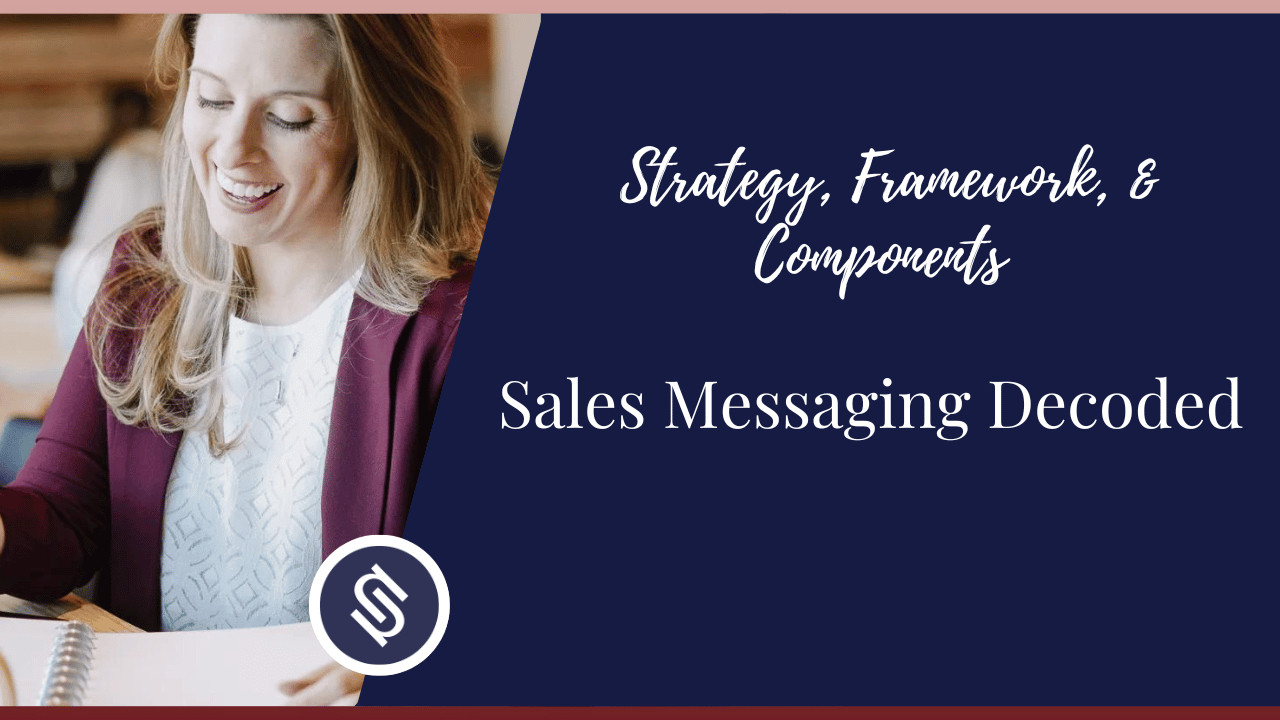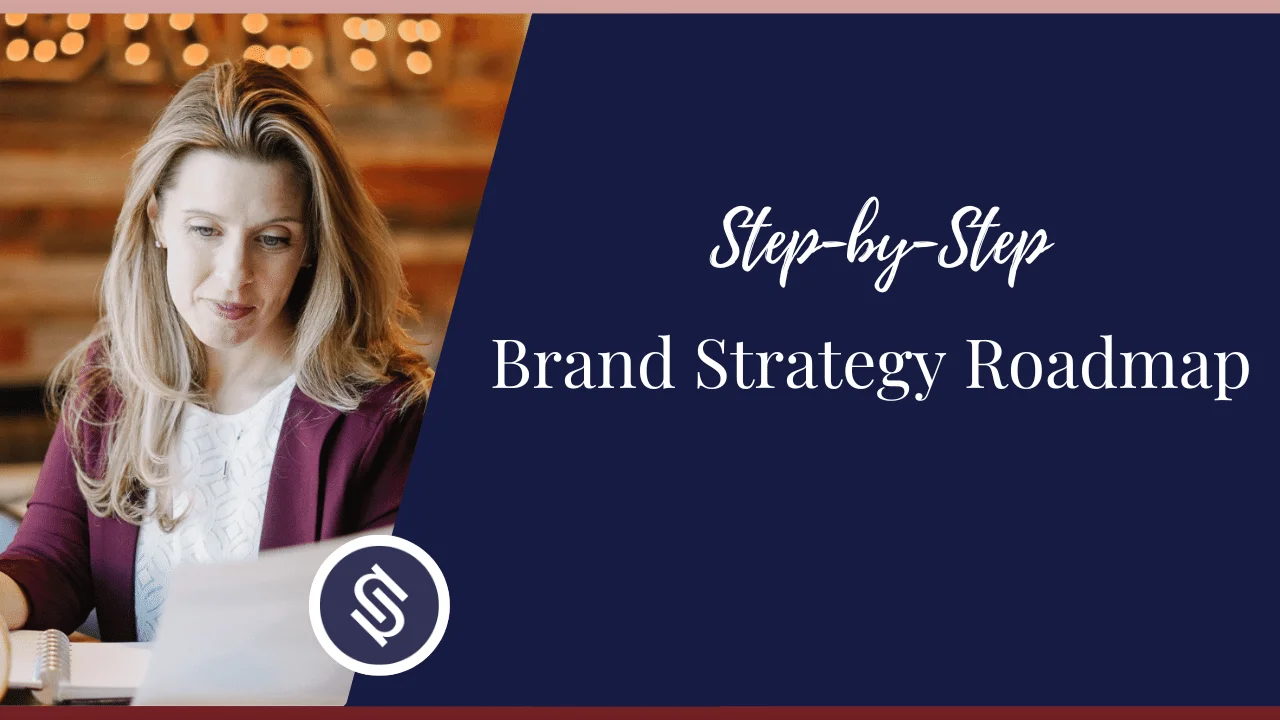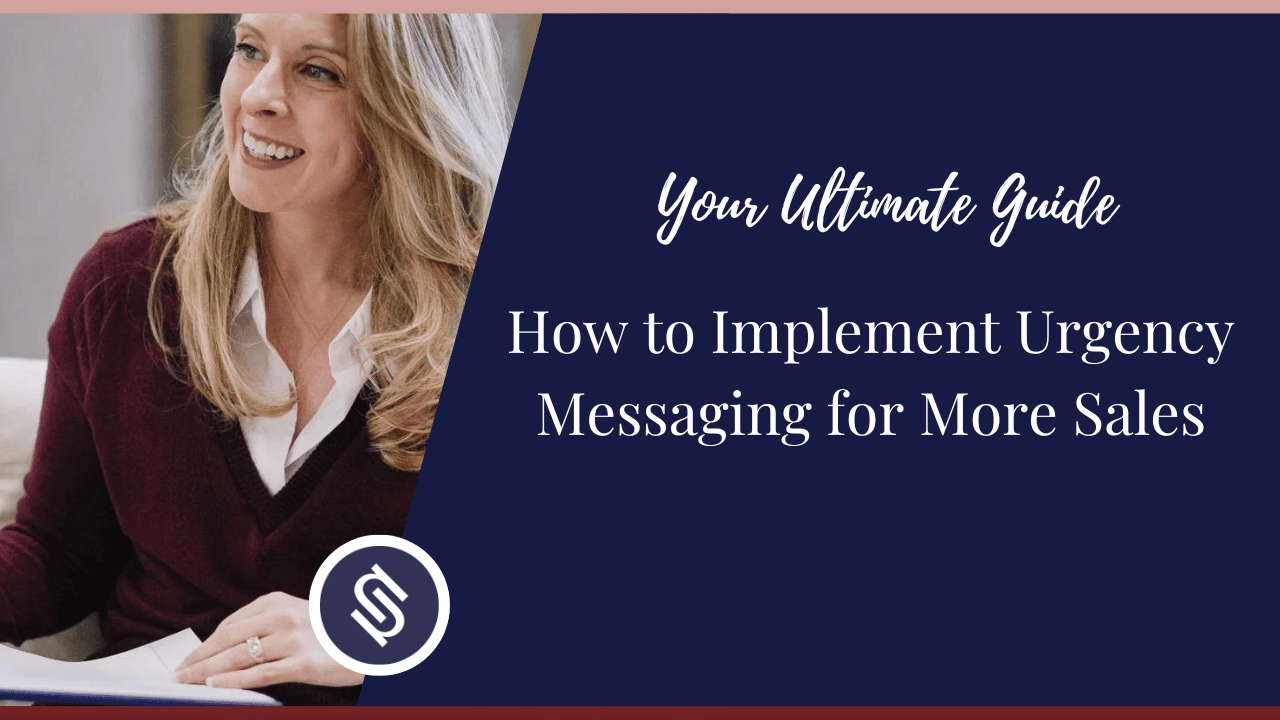Did you know that we’re bombarded with as many as 5,000 ads every day?
Think about the messages you get in your inbox alone. From promotional emails to newsletters to surveys–just about every possible product offering on the planet is right there in a long list of unwanted clutter!
The only recourse, then? You guessed it! Delete. Unsubscribe. Flag as spam. Sad news for brands that spend time and money to create these messages.
But what can the average consumer do? Sometimes, it does get annoying.
You, however, don’t have to fall into that trap. I’ll tell you the secret: It’s contextual messaging.
I’m Nora Sudduth, and I can help you shape your brand’s messaging to drive more engagement. Schedule a discovery call with me today!
What is Contextual Messaging?
Contextual messaging delivers product messages that suit your audience’s precise context–their location, experience, and needs–at the right moment.
Let’s say you’re a SaaS company with a customer considering unsubscribing from your service. You can reignite their interest by sending messages that tell them what they’ll be missing out on.
Or you can recapture a customer who’s opted out by enticing them with a discount or a limited-time free trial for a premium service.
Such a technique involves understanding every step of the customer journey, from when they become aware they need a solution to when they decide to purchase or use your service.
What is Context in Marketing?
Context refers to the circumstances surrounding your audience, such as their experience, conditions, and customer journey.
You can draw from past customer behavior and projected outcomes using market research and customer analysis to create key messaging that speaks directly to your audience at the right time.
How Does Contextual Communication Work?
Contextual communication works by delivering messages that address your audience’s needs precisely when those needs arise.
The right timing is key here. It ensures that your message is received when it is most likely to draw engagement.
Notice how you tend to spend more at the supermarket when hungry? That’s because there’s aisle after aisle of food just when you want to eat.
That’s the way with contextual messaging, too.
It’s designed to elicit a response or entice onlookers to become paying customers. So, if you’re not seeing enough conversions, your strategy might lack context.
Unsure what’s amiss? Sign up for ConversionRX, my comprehensive marketing diagnostic program, to improve your market positioning.

Importance of Context in Messaging
Have you ever spoken to someone only to receive a blank stare?
It may be that you failed to shape your message according to that person’s context–how they understand the world or the subject at hand, what their background is, and why they’re in conversation with you in the first place.
Aligning with your audience’s context tells them your message is essential, which gets them to pay attention and influences them to make a desired action.
Context, therefore, is what gives meaning to your message.
Contextual Messaging Framework You Can Replicate
A messaging framework is a written guide that directs how you shape your messaging and keeps it consistent across all the channels you use.
Here’s a sample framework you can replicate for your business:
| Unique Value Proposition | ||
| Brand Voice | ||
| Persona name | Persona name | Persona name |
| Pain points | Pain points/goals | Pain points/goals |
| Objective | Objective | Objective |
| Key message | Key message | Key message |
| Proof points | Proof points | Proof points |
Unique value proposition: A brief statement on your product’s value and what differentiates you from your competitors.
Here is an example of a value proposition statement from SEOWind, an AI writing tool. It’s clear and straight to the point.

Right below this statement but still above the fold, SEOWind bolsters their claim by telling us how they deliver their promise of “driving traffic”:
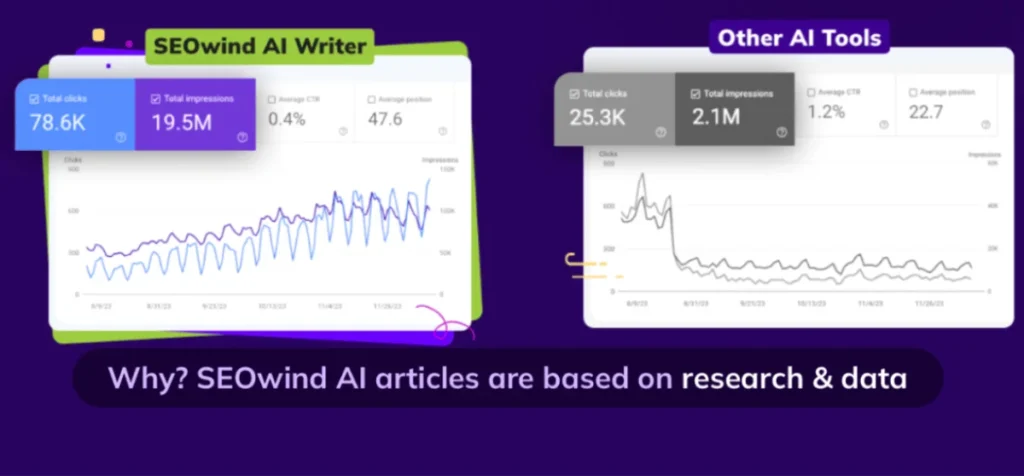
Here’s another example from Canva, an online design platform:
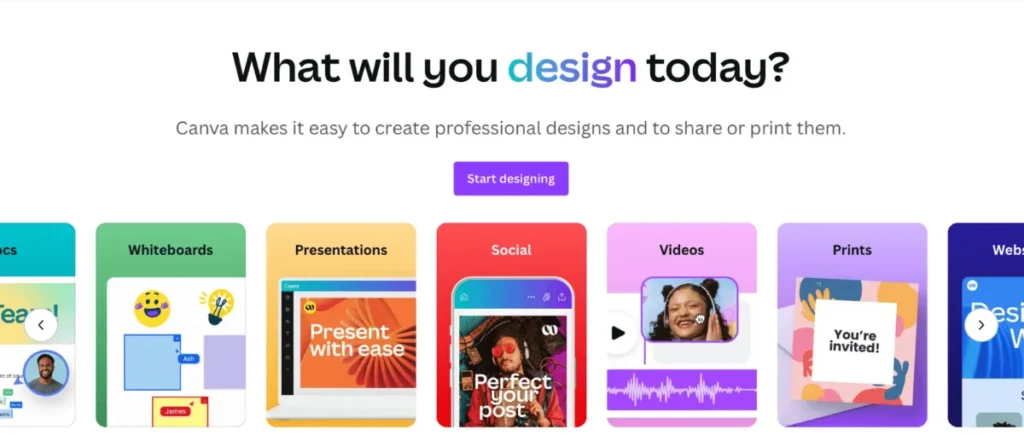
Their value statement is short and easy to understand. However, they also use design elements (like different font colors for the word “design”) that perfectly match their brand identity.
- Brand voice: Determine how you want to come across to your audience. Do you want to be perceived as friendly or authoritative? Think of it as the vibe your messaging should give (which should also align with your brand pillars).
- Pain points: These refer to the problems that your audience wants solutions to and which you can help with.
- Objective: Outlines what you want to achieve with your key messages.
- Key message: Drawn from your objectives, these are messages that appeal to your audience’s emotions, present financial incentives of working with you or choosing your brand, or lure people in with exciting product benefits.
- Proof points: Show evidence that your brand delivers. Depending on the objective, these can be testimonials, statistics, or success stories.
Also from SEOWind, below is an example of proof points. These statistics prove that they’re not making empty promises. They have the numbers to back up their claims.
Proof points are much more effective at convincing people you have what it takes. Remember that anyone can say anything! But not everyone has proof of their abilities.
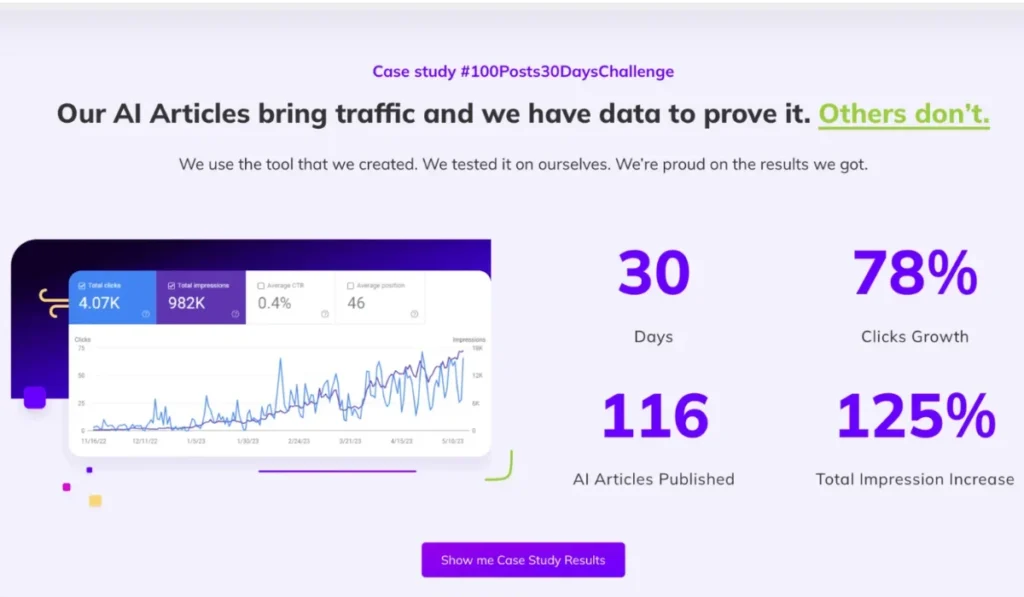
5 Strategies to Develop a Message with Context
Let’s get right to work!
Here are 5 strategies to create messaging with the right context:
1. Gather Customer Data
The first step is data collection.
To understand how and when to deliver messages that grab your audience’s attention, you need to know them really well.
This means gathering demographic (age, location, status) and psychographic (attitudes toward certain issues, beliefs, interests) information about the people you’re trying to reach.
There are several ways to do this:
- Customer Relationship Management (CRM) tools like HubSpot and ClickUp
- Surveys
- Social media interactions
- Newsletter subscriptions
- Chatbots
All of these tools provide insights into customer behavior and preferences, which will help you identify key touchpoints and messaging opportunities.
2. Map Out the Customer Journey
The customer journey is the path each of your customers takes when interacting with your brand.
Here’s what it typically looks like:
- Awareness: Your audience becomes aware of their problem and begins to notice your brand.
- Consideration: At this stage, your audience realizes you can potentially solve their problem.
- Purchase: You’ve just made a sale or gained a new sign-up.
- Retention: Once your audience becomes a paying customer, it’s time to find ways to keep them engaged.
- Advocacy: Happy customers naturally become brand advocates. They talk about you to their circle of friends, workmates, and family.
Each stage provides opportunities to keep the conversation going through effective messaging.
Mapping out the customer journey will help you identify when to engage, what to say, and how to say it.

3. Segment Your Audience
Customers will interact with your brand differently because their goals and needs may vary. So, how do you ensure that you reach each one with exactly the messaging that resonates with them?
The answer is in buyer personas. These are fictional representations of various buyer or customer groups.
Each buyer persona should have the following elements:
- Persona name: To make them easier to classify
- Demographics: Include information like their age, gender, and location
- Pain points: Issues they struggle with or challenges they want to overcome
- Interests: What does their buying behavior look like? How do they spend their spare time?
4. Identify the Right Channels
On to message delivery. Your choice of platform is just as important as your message itself, so pick platforms carefully.
When deciding how to deliver your message, consider the following:
- The stage in the customer journey: Customers in the awareness phase are best targeted with platforms like social media, where they spend most of their time.
But if you’re trying to recapture a customer who’s opting out, you might want to lure them back with an enticing and personalized email.
- How your audience consumes content: Are you trying to reach millennials or Gen Z? CEOs or influencers? Some people like to listen to podcasts, while others prefer entertaining videos.
5. Test Your Messaging
Lastly, conduct message tests to determine how well your audience responds and identify message variations that gain the most engagement.
You don’t have to get it perfect the first time. But you should learn from each iteration to refine your messaging.
If you’re still not seeing results with your messaging, you can also consider my brand messaging consulting services to make your message memorable and your brand stand out.

How to Integrate Contextual Messaging in a Marketing Campaign
Contextual messaging is vital to your marketing campaign because it influences every level of marketing strategy.
Here are actionable ways to integrate it into your campaign:
- Create personalized content: This comes in the form of blogs, podcasts, live videos–whatever it is that your audience consumes. Use your customer and market data to customize your message for every buyer persona.
- Enhance customer experience: Create more customer touchpoints and ensure that your communication stays open with tooltips, information modals, product walkthroughs, and chatbots. These ensure that customers are well-guided and have an excellent experience with your product or service.
- Keep the communication going: Help customers remember you by maintaining the conversation even as they come away from your website or app. Use newsletters, push notifications, and even in-app alerts to keep your brand top of mind.
If you’ve ever done it yourself, you know it’s much more complicated than it looks.
That’s why working with a brand strategist who has expertise and experience in marketing strategy is the best way to get it done.

Frequently Asked Questions (FAQs)
Explore the top questions about contextual messaging below:
Which Industries Benefit the Most from Contextual Messaging?
The tech and travel industries benefit greatly from contextual messaging because of the dynamic nature of their business.
They must keep their customers engaged at various stages of an often complex customer journey. Most tech companies also rely heavily on subscriptions, which means maintaining personal and open communication is essential to their business.
What are the Common Pitfalls of Using Contextual Communication?
The most common mistakes brands make include:
- Not delivering at the right time: Don’t deliver randomly. Using customer insights, deliver messages when they are most likely to gain engagement or produce a desired outcome.
- Using the wrong platforms: Where you communicate matters. So, use channels that are relevant to your audience.
- Inconsistency: Maintain your brand voice, identity, and personality throughout your campaigns to avoid confusion.
How Does Contextual Messaging Differ from Traditional Messaging?
Traditional marketing often interrupts a potential customer’s experience to deliver a brand message, which doesn’t always work.
Contextual messaging matches a customer’s experience to deliver messages at precisely the right moment.
Can Contextual Messaging Be Automated?
You can use automated tools to deliver contextual messages to your audience. These range from chatbots to in-app tooltips to SMS.
Conclusion
Contextual messaging keeps your audience engaged and elicits your desired reaction–much like speaking to an audience that laughs at your jokes and nods when you make a point.
Why? Because context gives depth to your message.
And you can shape messaging with the right context by gathering customer data, segmenting your audience, using the right platforms, and refining your message according to campaign performance.
That’s where I can help.
I’ve worked with brands on thousands of marketing campaigns and have over 20 years of experience in branding and messaging. Book a discovery call with me, and let’s start a winning campaign!



![Featured Image - How to Implement Contextual Messaging Like a Pro [Strategies Included]](https://norasudduth.com/wp-content/uploads/2024/05/How-to-Implement-Contextual-Messaging-Like-a-Pro-Strategies-Included.png)
